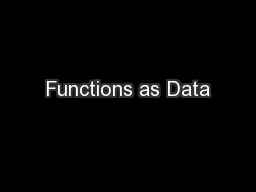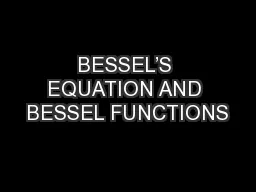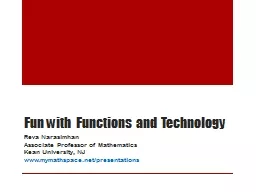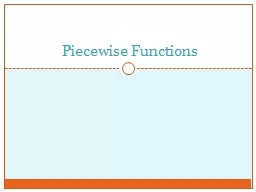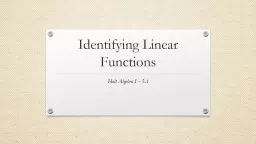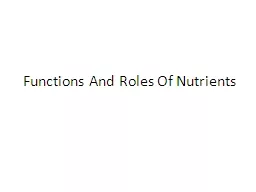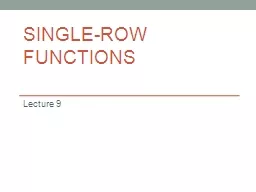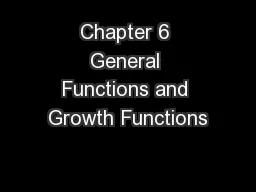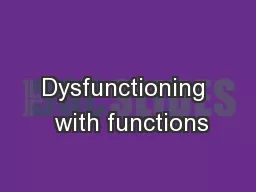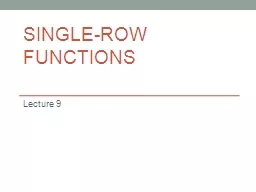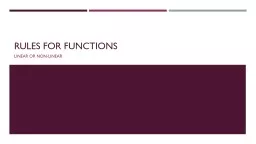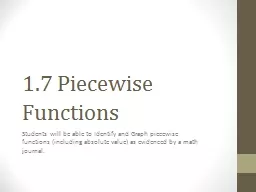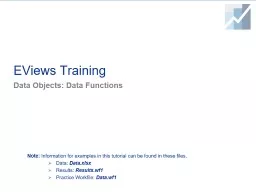PPT-Functions as Data
Author : sherrill-nordquist | Published Date : 2016-05-31
Eric Roberts CS 106B March 13 2013 Iteration Strategies Chapter 20 of the text covers two strategies for iterating over collections iterators and mapping functions
Presentation Embed Code
Download Presentation
Download Presentation The PPT/PDF document "Functions as Data" is the property of its rightful owner. Permission is granted to download and print the materials on this website for personal, non-commercial use only, and to display it on your personal computer provided you do not modify the materials and that you retain all copyright notices contained in the materials. By downloading content from our website, you accept the terms of this agreement.
Functions as Data: Transcript
Download Rules Of Document
"Functions as Data"The content belongs to its owner. You may download and print it for personal use, without modification, and keep all copyright notices. By downloading, you agree to these terms.
Related Documents

